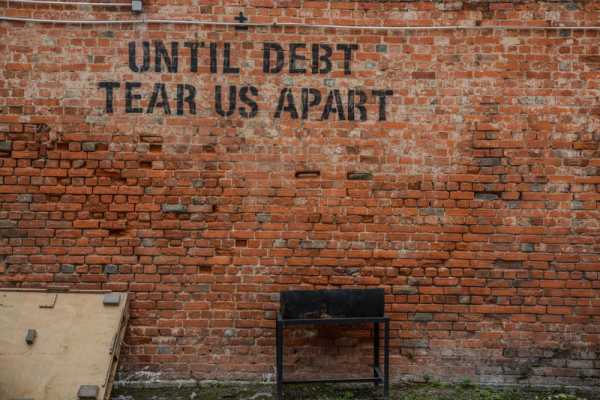
(Photo: Alice Pasqual)
By focusing on achieving arbitrarily set low-debt objectives rather than responsible investment, the EU’s economic policy has damaged public services, living standards and our efforts to tackle the climate crisis.
Now, the European Commission must deliver a positive, long-term economic approach that invests in health, education, wellbeing and a green future.
Ahead of the international climate conference COP27, a senior UN spokesperson said “we had our chance to make incremental changes, but that time is over. Only a root-and-branch transformation of our economies and societies can save us from accelerating climate disaster.”
That’s why the Commission’s announcement on its economic governance review tomorrow is so important. It will have a major impact on whether European governments can sufficiently invest in a better, greener future.
The current rules, including the Stability and Growth Pact, forced a decade of austerity and harmed European prosperity following the 2008 financial crisis. European governments cut spending on infrastructure and vital public services as well as forgoing key green investments in a failed attempt to cut debt and increase GDP.
Repeating these failed economic policies would fatally undermine our climate objectives. Estimates suggest that the EU requires investments of up to €855bn (excluding transport and investments to safeguard biodiversity) to tackle climate breakdown.
The Commission’s Green Deal is only set to mobilise a third of this investment from both private and public sector sources. Importantly, to not add fuel to fire, new rules must lead to the phase out of public investments in polluting sectors, especially fossil fuels.
The political focus on reducing public debt was also counterproductive. By depressing spending and investment in the midst of private sector weakness, these fiscal rules likely led to even higher debt levels. Countries that implemented the harshest austerity measures, such as Italy and Greece, ended up having higher debt and lower growth.
As a result of austerity policies, European governments are now spending €1000 less on public and social services per person than they would have without these cuts, as recent research by the New Economics Foundation and Finance Watch showed.
If public capital investment had increased at its pre-2008 rate, by 2019, just before the pandemic struck, the stock of government infrastructure would have increased by €533bn.
Austerity has contributed to European citizens being nearly €3000 a year worse off and made us less resilient to economic shocks, like those resulting from the Covid-19 pandemic and the Russian invasion of Ukraine.
Moreover, the EU had an estimated investment gap of at least €142bn per year for social spending such as health and education.
Significant investments are needed to improve EU residents’ quality of life, particularly for those on the lowest incomes. In 2021, even before the energy crisis, 95.4 million people (nearly 22 percent of the EU’s population) were at risk of poverty or social exclusion. Today, more than half feel at financial risk.
Politics of EU government spending rules
The economic governance framework, to be presented by the Commission tomorrow (9 November), is where the EU must begin with its “root-and-branch transformation of our economies”.
We need to prioritise real economic, social and environmental outcomes that allow everyone to enjoy a warm home, well-paid and decent work, good health and a habitable planet. This starts with a European economic governance framework that prioritises long-term environmental and social sustainability over short-term thinking.
Instead, the Commission is likely to propose plans that will focus on achieving non-evidence based debt and deficit targets.
These rules may be softer than the current iteration, with less strict debt reduction timetables and more agency to member states in long-term investments and debt reduction, but the debt targets that were behind the post-financial crisis austerity will still be at its core.
Abiding by these rules would require the euro area to maintain an annual fiscal surplus of 1.1 percent of GDP over 20 years — a level that would halt the recovery, limit green spending and lower many countries’ prosperity over the long run, reducing tax income and increasing the debt-to-GDP ratio.
Restrictive government spending and a lack of European borrowing following the 2008 financial crisis contributed to asymmetrical recovery between different European countries.
Average incomes have dropped by different levels across Europe. Whilst the average disposable income in Europe fell by roughly 11 percent compared to pre-2008 trends, in Germany average income only fell by 1 percent. Incomes in Finland and the Netherlands were 15 to 16 percent lower. Ireland and Spain were hardest hit with average incomes dropping by 29 and 25 percent, respectively.
Europeans across the continent have suffered needlessly because of an economic policy framework that does not encourage sufficient public invest in our future prosperity.
With a difficult winter ahead and a planet facing global heating, we cannot afford to make the same mistakes again. To overcome these mounting challenges we need governments that are empowered to invest in people and communities as well as to mitigate and adapt to ecological breakdown.
Source: euobserver.com



